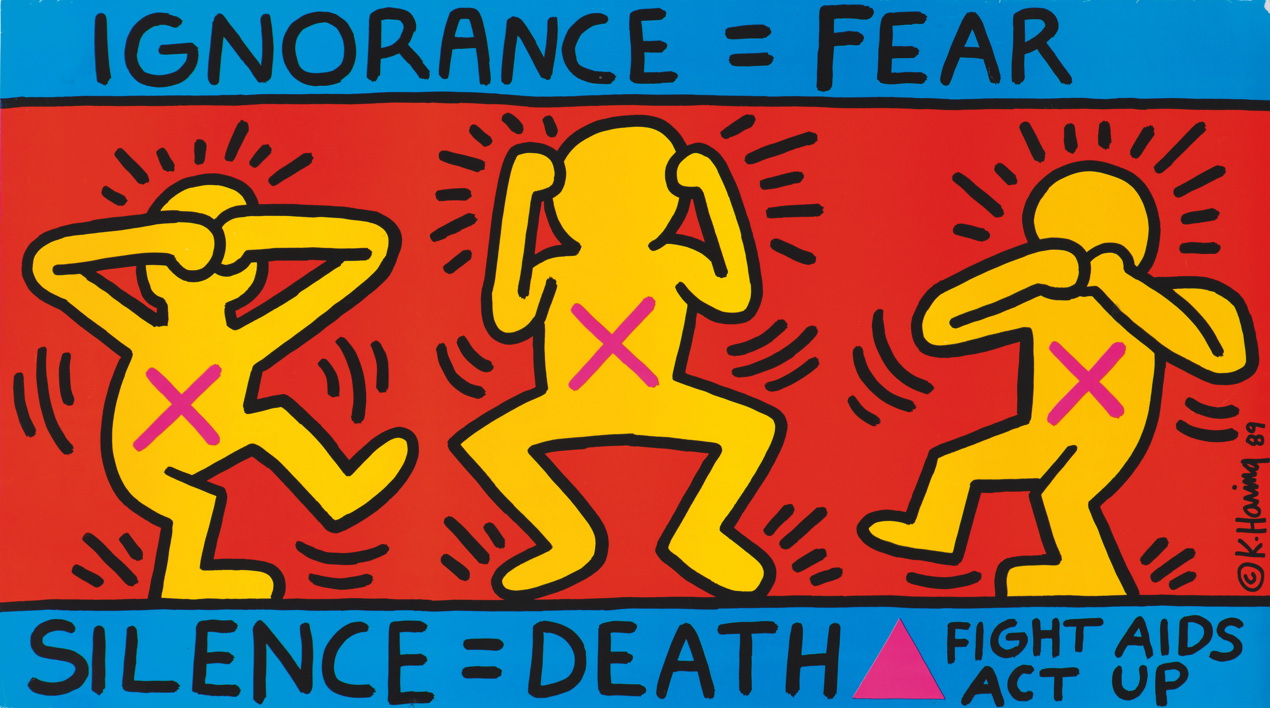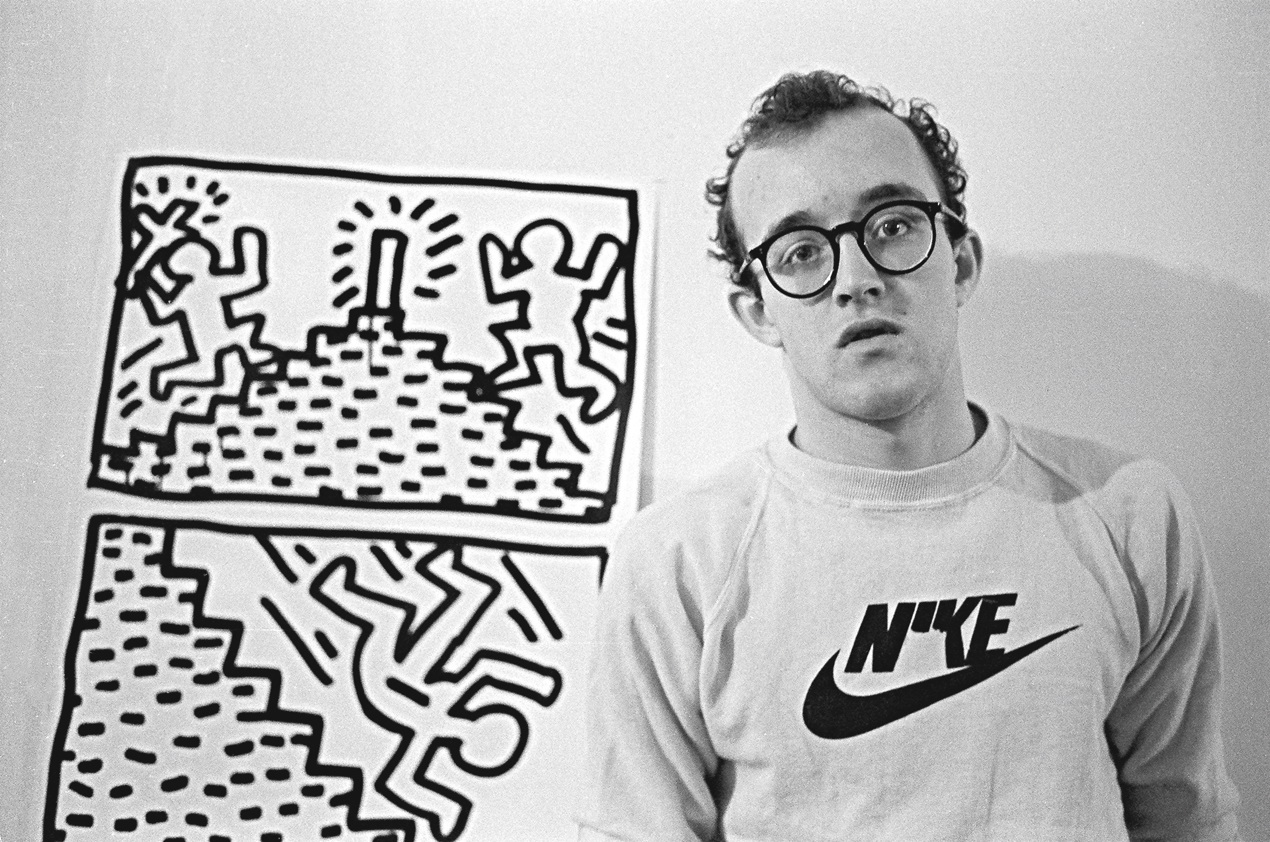Preview: Keith Haring
Nuclear bomb threats, Aids and drugs epidemics, and an out-of-touch art establishment created the perfect storm for Keith Haring’s work in 1980s New York. Now it’s been transported to Liverpool
Keith Haring is an artist synonymous with ineffable late-eighties New York cool. Born in Pennsylvania in 1958, he moved to the city at 20, becoming part of its thriving street art scene. David Bowie collected his paintings and he counted Madonna and Jean-Michel Basquiat among his many friends.
But in the first big UK exhibition devoted to him, Tate Liverpool seeks to show that the vibrant insouciance of his iconic motifs – such as radiant babies and barking dogs – often blinded people to their political content.
“We’re repositioning him as an activist,” says assistant curator Tamar Hemmes. “He used simple, playful imagery to get his message across and people are starting to see his work is more layered and not just what’s on the surface.
“He designed and handed out 20,000 nuclear disarmament posters, contributed to anti-apartheid campaigns and created Harlem’s Crack Is Wack mural. He wasn’t just making art and putting it on a gallery wall – he was taking it out into the world. Even his early homoerotic work can be seen as activism because he was defiantly sexual in an age of homophobia and secrecy.”
Indeed, his friend Yoko Ono astutely observed that while Andy Warhol – a mentor of Haring – created art that looked meaningful but was meaningless, for Haring the opposite was true.
Haring’s life was fleetingly short – he died of Aids-related complications aged 31. A member of ACT UP, he raised awareness of the disease though pieces such as his famous 1989 poster Ignorance = Fear.

However, he faced trenchant criticism from the art establishment because his work lacked exclusivity. For four years, he used the subway as his gallery, drawing on advertising boards in chalk, interacting with commuters. In 1986, he created his Pop Shop, selling posters, badges and keyrings. Ahead of the curve, he had become a brand – yet this caused some to dismiss his work as ephemera.
“Accessibility was one of the most important things for him,” says Hemmes. “He chose not to sue people for using his imagery because he wanted it shared as widely as possible. He challenged the traditional gallerists who feared this would devalue his work.
“Once people started removing his drawings from the subway and selling them – which went against what he was trying to do – he established the Pop Shop, selling affordable merchandise. Critics accused him of wanting to make money but it was part of his ‘art for all’ ethos.”
His life was a brief, luminous streak along art’s night sky, but his legacy lives on in the Keith Haring Foundation – which has worked closely on the show – established in 1989 to provide funding for Aids organisations and youth programmes. “He loved working with children on outdoor paintings around the world,” says Hemmes. “He once said: I’m 28 on the outside and barely 12 inside.”
Appropriately for someone associated with New York’s hip-hop scene and whose hieroglyphics adorned dance club Paradise Garage, there’ll be an accompanying thumping soundtrack. “It’s not a static white-wall museum show because that’s not fitting – Haring was pushing against that traditional art world. “
The exhibition is timely, she adds. “Art activism has increased in these tumultuous times and Haring shows how you can use straightforward imagery to break boundaries of high and low art and ensure art is for everybody.”
Keith Haring is at Tate Liverpool, 14 June-10 November

Leave a reply
Your email address will not be published.